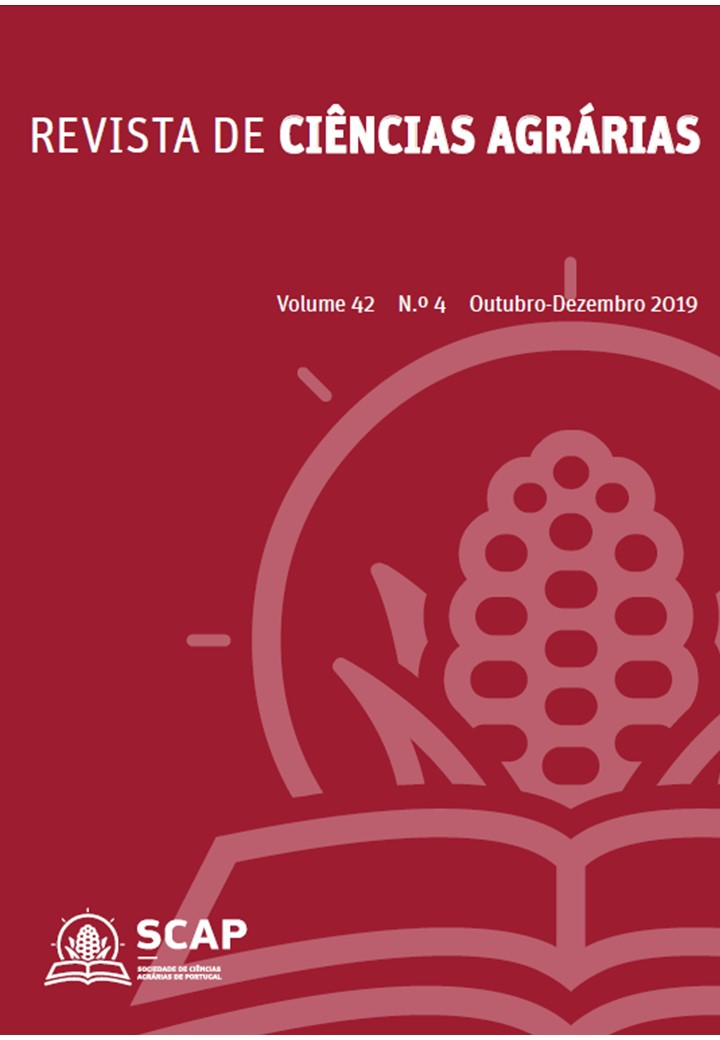Reproduction of the root-knot nematodes, Meloidogyne ethiopica and Meloidogyn luci on common bean cultivars
DOI:
https://doi.org/10.19084/rca.18070Abstract
The productivity of common bean crop is limited by several biotic factors, being often affected by plant-parasitic nematodes. Several species of root-knot nematodes (RKN), Meloidogyne spp. have been reported as damaging to the crop. Recently, Meloidogyne luci and M. ethiopica were recorded parasitizing roots of common bean plants in Brazil. Therefore, the objective of this work was to evaluate the reproduction of M. ethiopica and M. luci on twenty bean cultivars. Plants were inoculated with 5,000 eggs plus second stage juveniles (J2) of RKN and pots were maintained in a greenhouse. Sixty days after inoculation, the roots of each plant were evaluated for number of galls, final population and reproduction factor (RF = final population / initial population) and the means of the different variables were compared by the Scott and Knott grouping test at 5%. Results showed that all tested cultivars were susceptible to both RKN, with RF ranging from 9,8 to 55,9 for M. ethiopica and from 6.0 to 20.0 for M. luci.


